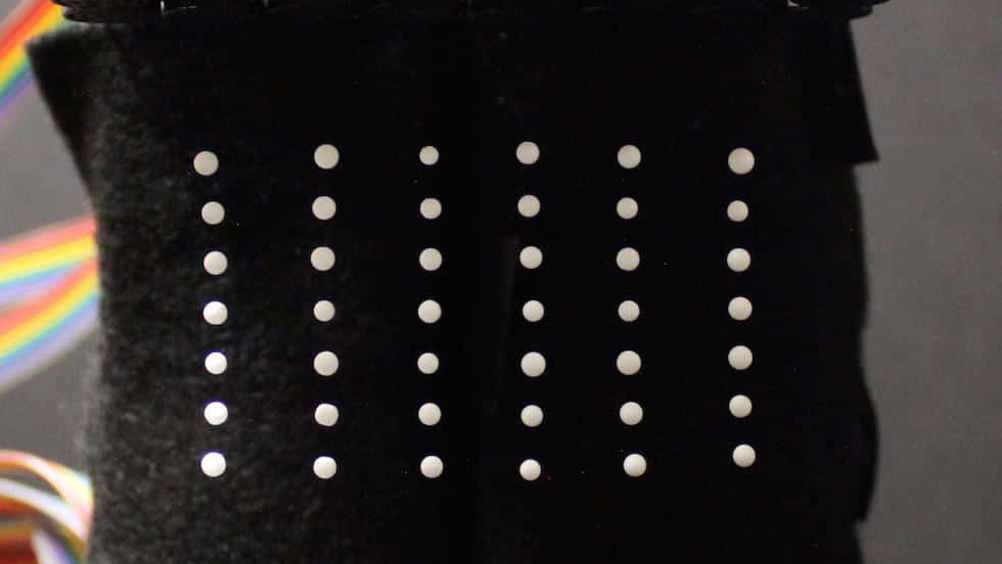'Floating pixels' render digital information in a physical space
Researchers have used sound waves to lift objects simultaneously before spinning and flipping them using electric force fields, a development that could render digital information in a physical space.

Developed at the Universities of Sussex and Bristol, the so-called JOLED technology turns tiny, multi-coloured spheres into pixels that can form into floating displays or bring computer game characters to life as physical objects.
Prof Sriram Subramanian, from Sussex University's School of Engineering and Informatics, is the head of lab behind the research.
"We've created displays in mid-air that are free-floating, where each pixel in the display can be rotated on the spot to show different colours and images,” he said. "This opens up a whole new design space, where computer and mobile displays extend into the 3D space above the screen."
The pixels are levitated using a series of miniature ultrasound speakers that create high-pitched and high-intensity soundwaves that are inaudible but forceful enough to hold the spheres in place.
A thin coating of titanium dioxide gives the pixels an electrostatic charge, enabling them to be manipulated in mid-air by changes to an electric force field, created by tiny electrodes.
Register now to continue reading
Thanks for visiting The Engineer. You’ve now reached your monthly limit of news stories. Register for free to unlock unlimited access to all of our news coverage, as well as premium content including opinion, in-depth features and special reports.
Benefits of registering
-
In-depth insights and coverage of key emerging trends
-
Unrestricted access to special reports throughout the year
-
Daily technology news delivered straight to your inbox










Water Sector Talent Exodus Could Cripple The Sector
Maybe if things are essential for the running of a country and we want to pay a fair price we should be running these utilities on a not for profit...